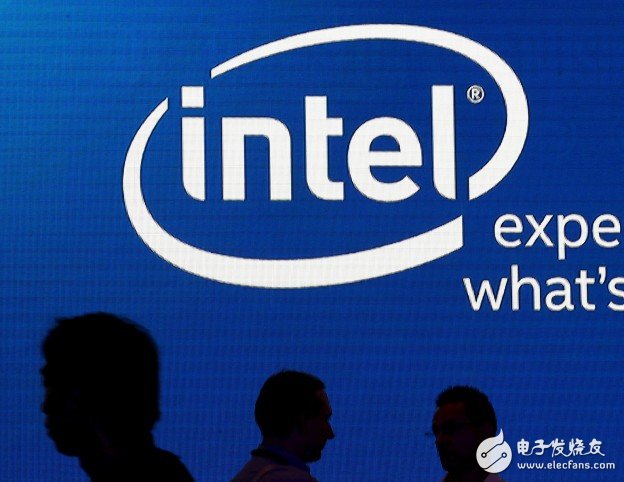In the weekend, the hottest topic in the technology industry is: Intel (Intel) finally have to give up the smartphone and mobile device market?
On April 19th, it was announced that it would lay off 12,000 people and reorganize the organization's semiconductor giant Intel. Last weekend, the latest news will stop the development of Sofia and Broxton Atom processors. This is Intel's chip with ARM architecture. Competing in the mobile device market, the multi-billion dollar system single-chip investment.
When the news came out, the market was in turmoil. Intel’s mobile device chip partner Rockchip in China was anxious to jump and immediately jumped out to clarify that “the cooperation with Intel will not be cancelledâ€.

In fact, although many industry insiders speculate that Intel will stop bleeding out of the mobile device market, there are many people who disagree on this statement. "FORTUNE" specifically wrote that Intel will continue to fight in the mobile device market. But the low-end market will not be its goal. What's more, although the 4G war has been divided, the 5G battlefield has just begun.
Lost to a cheap ARM architecture chipLet's take a look at the history of tears that Intel jumped into the mobile device.
In the past few years, Intel has spent billions of dollars developing the Atom product line, while spending billions of dollars to subsidize hardware companies, in order to allow hardware companies to use their own chips on mobile devices, "FORTUNE" pointed out, "this The decision led Intel to take the PC business, which is shrinking, but still highly profitable, to pay for it."
From the establishment of a solid Wintel camp, Intel should have never thought that it would be a battle on mobile devices, losing to ARM architecture chips with relatively low computing power and low power consumption. According to figures released by Intel, from 2012 to 2014, mobile device revenues fell from US$1.7 billion to US$202 million, a decline of 89%; net operating loss increased from US$1.8 billion to 4.2 billion. Dollar.
This money pit eventually led to Intel not only having no face on the face, but also losing the bitter fruit of layoffs.
The high-end market is still promisingIntel, who has already paid so much effort and hardship, will continue to fight the battlefield. "FORTUNE" analyzes that Intel will continue, but it will not be in the low-end market. The future of the low-end Atom product line should be based on Intel's mobile devices. Modem (data machine). In the high-end segment, although the higher-end products of Apollo Lake and Core M support sales, it is more suitable for Intel's mid-range tablets, Chromebooks, and Windows PCs that can open the touch screen and continue to expand the market.
As far as the current situation is concerned, Microsoft's Surface tablet product line almost uses higher-end Intel chips. An Intel spokesperson also confirmed the company's rumors that it will end the specific Atom product line, stating: "The company will strive to improve the profitability of the mobile device business, terminate the development of Sofia, Broxton, and will be able to allocate resources to better revenue. Product line."
An Intel spokesperson also stated that Intel's strategy will increase investment in wired and wireless communication technologies with the goal of enhancing the communications infrastructure to connect things, devices and people to the cloud. This may also explain why the Intel CEO wants to do everything possible to leave the peak circuit of Aicha Evans, vice president of Intel's smartphone chip sales.
Lost in the 4G era, can Intel recover lost ground in the 5G era?
Although there are still several years since the release of 5G products, various chip companies have already regarded 5G as the next important battlefield. They are concentrating on 5G technology, and Intel has also demonstrated its determination. Early announced cooperation and testing with companies such as Ericsson, Nokia, LG, Verizon. However, this time Intel’s big action to stop bleeding and reform can be successful, but it still needs time to prove.
(Source of the first picture: Dazhi image)
Custom Profibus,Profibus M12 B-Code Connector,Female Mould Cable Connector,4 Pin Male Connector
Kunshan SVL Electric Co.,Ltd , https://www.svlelectric.com